
Robert Hans van Gulik was a Dutch orientalist, diplomat, musician, and writer, best known for the Judge Dee historical mysteries, the protagonist of which he borrowed from the 18th-century Chinese detective novel Dee Goong An.
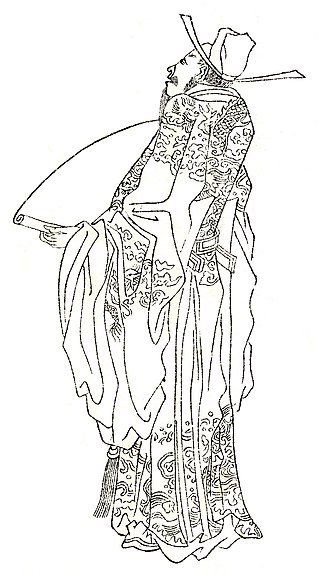
Judge Dee, or Judge Di, is a semi-fictional character based on the historical figure Di Renjie, county magistrate and statesman of the Tang court. The character appeared in the 18th-century Chinese detective and gong'an crime novel Di Gong An. After Robert van Gulik came across it in an antiquarian book store in Tokyo, he translated the novel into English and then used the style and characters to write his own original Judge Dee historical mystery stories.

Celebrated Cases of Judge Dee, also known as Di Gong An or Dee Goong An, is an 18th-century Chinese gong'an detective novel by an anonymous author, "Buti zhuanren". It is loosely based on the stories of Di Renjie, a county magistrate and statesman of the Tang court, who lived roughly 630–700. Though set in Tang dynasty China, the novel also contains cultural elements from later dynasties. A translated version was released by Robert van Gulik in 1949; van Gulik would go on to write his own series of Judge Dee novels, starting with The Chinese Maze Murders.

Di Renjie, courtesy name Huaiying (懷英), formally Duke Wenhui of Liang (梁文惠公), was a Chinese politician of the Tang and Wu Zhou dynasties, twice serving as chancellor during the reign of Wu Zetian. He was one of the most celebrated officials of Wu Zetian's reign. Di Renjie is depicted in the Wu Shuang Pu by Jin Guliang.

The Chinese Gold Murders is a gong'an historical mystery novel written by Robert van Gulik and set in Imperial China. It is a fiction based on the real character of Judge Dee, a magistrate and statesman of the Tang court, who lived roughly 630–700.

The Chinese Lake Murders is a gong'an historical mystery novel written by Robert van Gulik and set in Imperial China. It is a fiction based on the real character of Judge Dee, a magistrate and statesman of the Tang court, who lived roughly 630–700.

The Chinese Nail Murders is a gong'an detective novel written by Robert van Gulik and set in Imperial China. It is a fiction based on the real character of Judge Dee, a magistrate and statesman of the Tang court, who lived roughly 630–700 BC.
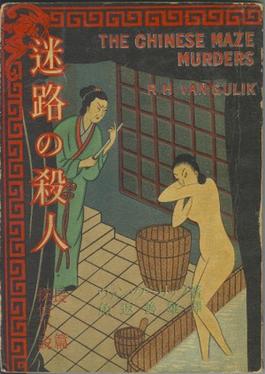
The Chinese Maze Murders is a gong'an historical mystery novel written by Robert van Gulik and set in Imperial China. It is a fiction based on the real character of Judge Dee, a magistrate and statesman of the Tang court, who lived roughly 630–700. However, van Gulik's novel is set not in the Tang, but in the Ming dynasty (1368–1644), with society and customs depicted in the book reflecting this period.

The Haunted Monastery is a gong'an detective novel written by Robert van Gulik and set in Imperial China. It is a fiction based on the real character of Judge Dee, a magistrate and statesman of the Tang court, who lived roughly 630–700.
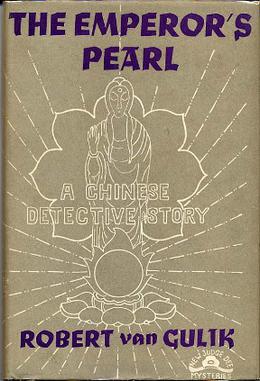
The Emperors Pearl is a gong'an detective novel written by Robert van Gulik and set in Imperial China. It is a fiction based on the real character of Judge Dee, a magistrate and statesman of the Tang court, who lived roughly 630–700.
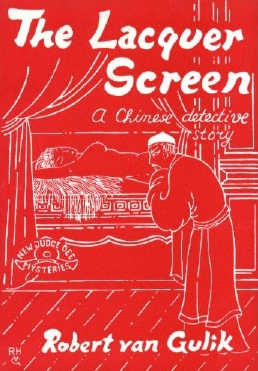
The Lacquer Screen is a gong'an detective novel written by Robert van Gulik and set in Imperial China. It is a fiction based on the real character of Judge Dee, a magistrate and statesman of the Tang court, who lived roughly 630–700 AD.
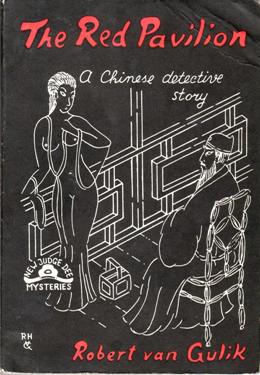
The Red Pavilion is a gong'an detective novel written by Robert van Gulik and set in Imperial China. It is a fiction based on the real character of Judge Dee, a magistrate and statesman of the Tang court, who lived roughly 630–700.

The Monkey and the Tiger book pairs two unrelated short gong'an detective novels written by Robert van Gulik and set in Imperial China. Both stories are fictions based on the real character of Judge Dee, a magistrate and statesman of the Tang court, who lived roughly 630–700.

The Willow Pattern is a gong'an detective novel written by Robert van Gulik and set in Imperial China. It is a fiction based on the real character of Judge Dee, a magistrate and statesman of the Tang court, who lived roughly 630–700.

Murder in Canton is a gong'an detective novel written by Robert van Gulik and set in Imperial China. It is a fiction based on the real character of Judge Dee, a magistrate and statesman of the Tang court, who lived roughly 630–700.
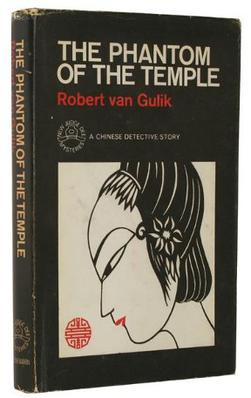
The Phantom of the Temple is a gong'an detective novel written by Robert van Gulik and set in Imperial China. It is a fiction based on the real character of Judge Dee, a magistrate and statesman of the Tang court, who lived roughly 630–700.

Judge Dee at Work is a collection of 8 gong'an detective short stories written by Robert van Gulik and set in Imperial China. It is a fiction based on the real character of Judge Dee, a county magistrate and statesman of the Tang court, who lived roughly 630–700.

Necklace and Calabash is a gong'an detective novel written by Robert van Gulik and set in Imperial China. It is a fiction based on the real character of Judge Dee, a magistrate and statesman of the Tang court, who lived roughly 630–700.
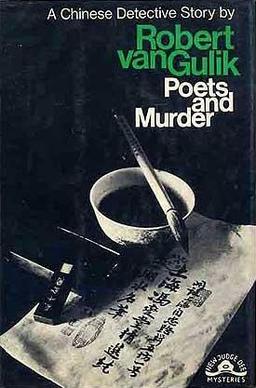
Poets and Murder is a gong'an detective novel written by Robert van Gulik and set in Imperial China. It is a fiction based on the real character of Judge Dee, a magistrate and statesman of the Tang court, who lived roughly 630–700.
This is the complete list of works by Dutch historical mystery novelist Robert van Gulik.














